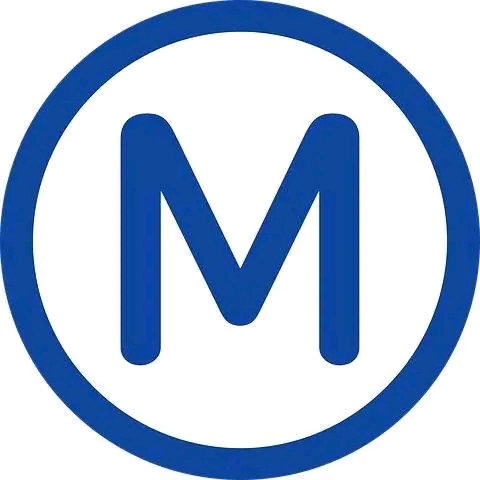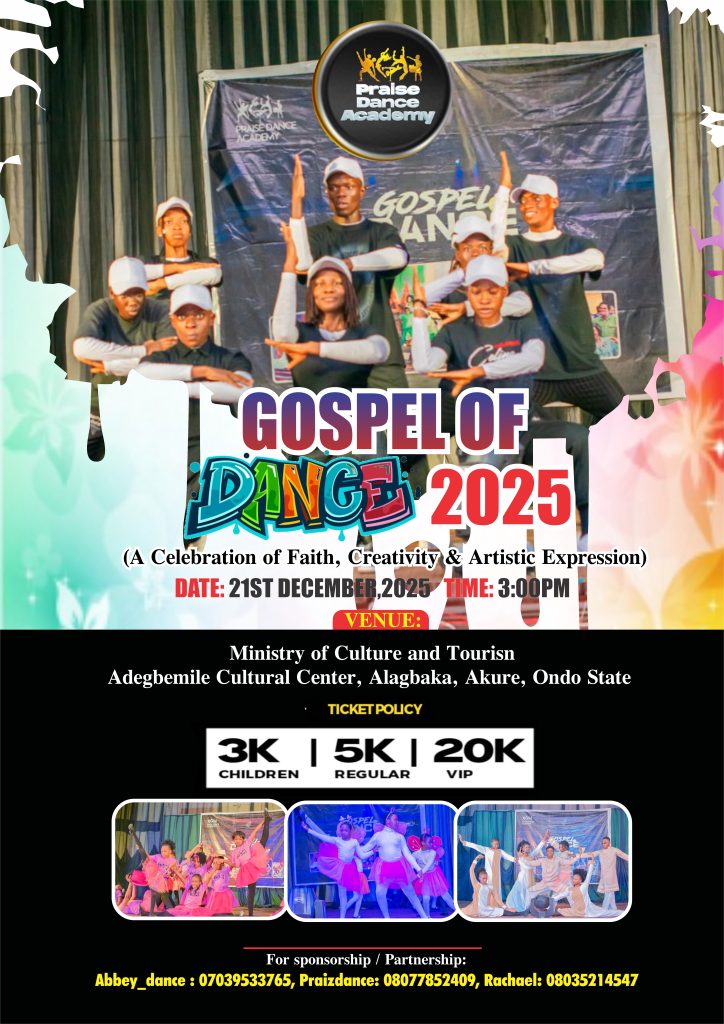Rural communities often face challenges such as youth unemployment, cultural erosion, social isolation, and limited economic opportunities.
Dance, being deeply rooted in local traditions, is a powerful vehicle for social innovation. It can preserve culture, strengthen social ties, promote health, empower youth, and stimulate rural economies through cultural tourism and creative industries.

My Experience Teaching Dance in a Rural Community
Dance is often misunderstood as mere entertainment—something to amuse or fill leisure hours. Yet, my experience has taught me that dance is much more. It is an educative tool that shapes discipline, nurtures teamwork, enhances memory, and builds physical and mental fitness.
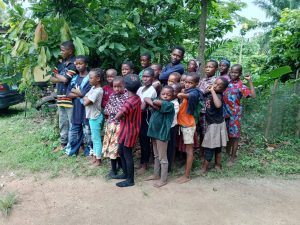
More than that, it is a way of connecting people to the wider world, showing them that their voices, bodies, and stories matter.
When I received a letter from Durian inviting me to conduct a dance class in a rural community during the summer period, I immediately recognised the weight of the opportunity.
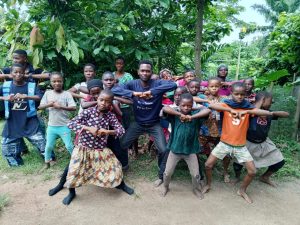
For years, it had been one of my personal goals to extend dance education beyond urban centres into communities where such exposure is rare. I knew this would not just be a class—it would be a bridge of blessing, a way of offering something fresh and life-giving to people who often have limited access to structured creative programmes.
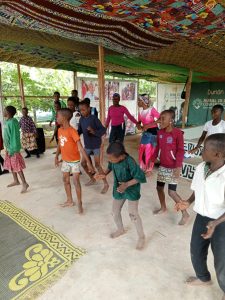
Designing the Classes
I structured my bi-weekly sessions to balance both physical training and creative exploration. The classes were divided into three main components:
- Fitness Training – Simple exercises to build stamina, flexibility, and strength. For many participants, this was their first experience of structured fitness beyond daily farm work or chores.
- Movement Drills – These sessions focused on rhythm, coordination, and body awareness. It was beautiful to watch participants discover new ways of moving, breaking free from self-consciousness, and enjoying their own creativity.
- Choreography Workshops – Here, students worked together to learn and perform short dance pieces. This stage was particularly powerful because it demanded discipline, focus, and teamwork—skills that go beyond dance and are necessary for building better communities.
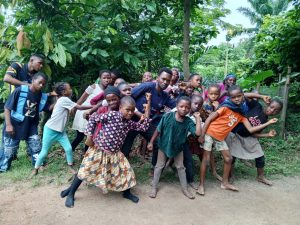
The Culmination: An Exhibition Day
The programme lasted three weeks, and we concluded with an exhibition day, where students performed before their peers and community members. It was a day of joy, pride, and amazement.
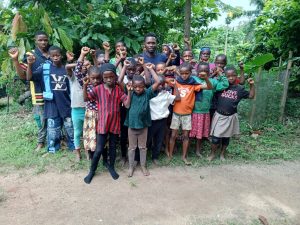
I watched with gratitude as the participants moved with confidence and unity, showcasing not just the steps they had mastered but the discipline and teamwork they had internalised.
The smiles on their faces and the applause from the audience affirmed that this was not simply a dance programme—it was a transformative experience. For the students, it was a moment of recognition and validation. For me, it was a testimony of how dance can truly shape lives in unexpected places.
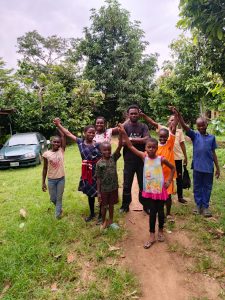
Reflections and Lessons
Looking back, I realised that what we achieved together in those three weeks went far beyond learning choreography. We built community spirit. We demonstrated that dance can be a tool for social connection, education, and personal growth. The students learned to respect one another’s space, to listen, to synchronise, and to push past their limitations.
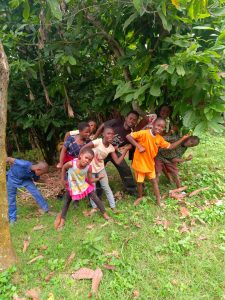
I also saw how dance could be a healing force—lifting moods, reducing stress, and creating an atmosphere of joy that rippled through the entire community.
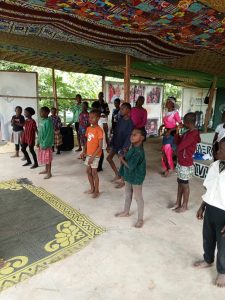
The elderly who watched were inspired, the youth who participated were empowered, and the children who played around the edges were drawn into a hopeful vision of creativity.
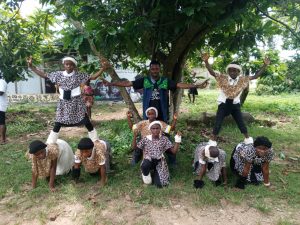
Looking Ahead
This experience has strengthened my passion and commitment to continue bringing dance education to rural communities. I believe these communities are rich in culture and talent, yet they need platforms to channel that creativity in ways that add value and open doors of opportunity.
In the future, I look forward to:
- Designing inclusive dance programmes for children, youth, and the elderly,
- Leading fitness and creative movement classes that promote health and wellbeing,
- Collaborating with community leaders to organise educative and entertaining festivals,
- Using dance not only to preserve culture but also to teach values, strengthen social cohesion, and improve collective wellbeing.
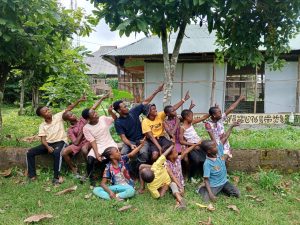
For me, dance is more than performance—it is a tool of transformation, a language of unity, and a pathway to growth. My time teaching in that rural community reaffirmed that the rhythm of dance is not just in the body, but in the heartbeat of a people longing to learn, grow, and flourish together.
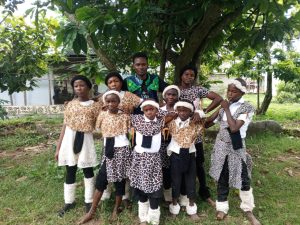
About Abiodun Babalola
Abiodun Babalola is a dance award winner known for actively using dance as a tool of worship and for raising a generation of worshippers through dance.He also engages in social inclusion programmes that use dance as a transformative tool to reach marginalised groups—children, youth, the elderly, and people with disabilities. Through his work, dance becomes more than movement; it becomes a pathway to belonging, confidence, and empowerment.
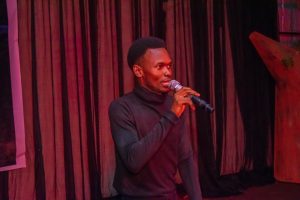
The path he has chosen to drive community development is both creative and rare in our environment. By harnessing the power of dance, Abiodun fosters unity, bridges social gaps, and ensures that no one is left behind.
He also uses dance performances as a platform to highlight critical social issues such as child abuse, drug and substance abuse, and domestic violence. These performances are not just art; they are powerful tools for social engagement and awareness.
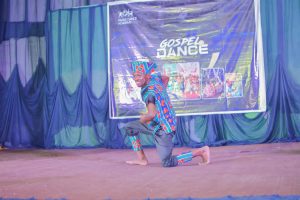
By working closely with fellow youth in the Praise Dance Academy, he transforms dance into a collective movement for change, creating a voice for the vulnerable and fostering responsibility within the community.
Abiodun also applies dance to entrepreneurship, making it a viable form of social innovation.
He engages in fitness, entertainment, and dance education, which not only address community challenges in the areas of wellness and social engagement but also create employment opportunities for other instructors.
